Modules
1 -
Introduction

#
Lesson
Type
1.
Introduction
 Lab
Lab
2.
Practice Lab Tour: Orientation - Basics
 Lab
Lab
2 -
Operating System Types

#
Lesson
Type
1.
Identifying different Windows Operating System Editions
 Lab
Lab
2.
Identify different Operating Systems and Functionality
 Lab
Lab
3.
Different Operating System Installation Methods
 Lab
Lab
3 -
Windows Command Line Tools

#
Lesson
Type
1.
Managing a Windows Device using the Command Line Interface
 Lab
Lab
2.
Managing a Windows device using the Graphical User Interface (GUI)
 Lab
Lab
4 -
Windows Control Panel

#
Lesson
Type
1.
Configuring a Windows Device using the Control Panel
 Lab
Lab
5 -
Windows Settings

#
Lesson
Type
1.
Configuring and Managing a Windows Device using Settings
 Lab
Lab
6 -
Windows Networking

#
Lesson
Type
1.
Configuring Networking Settings on a Windows Device
 Lab
Lab
7 -
Application Configuration

#
Lesson
Type
1.
Install and Configure Applications on a Windows Device
 Lab
Lab
8 -
macOS

#
Lesson
Type
1.
Tools for Managing and Maintaining MAC Operating Systems
 Lab
Lab
9 -
Linux

#
Lesson
Type
1.
Tools for Managing and Maintaining Linux Operating Systems
 Lab
Lab
10 -
Security Controls

#
Lesson
Type
1.
Implementing Physical Security Measures
 Lab
Lab
11 -
Wireless Security

#
Lesson
Type
1.
Implementing Network Security Measures
 Lab
Lab
2.
Authentication and Authorization Methods
 Lab
Lab
3.
Wireless Security Implementation
 Lab
Lab
4.
Securing a SOHO Network
 Lab
Lab
12 -
Malware and Social Engineering

#
Lesson
Type
1.
Malware and Social Engineering Prevention Methods
 Lab
Lab
13 -
Windows Security

#
Lesson
Type
1.
Security Implementation on a Windows Device
 Lab
Lab
14 -
Securing Workstations

#
Lesson
Type
1.
Password and Account Management on a Windows Device
 Lab
Lab
2.
Secure Data Disposal Methods
 Lab
Lab
15 -
Troubleshooting Mobile Security

#
Lesson
Type
1.
Mobile Security Solutions
 Lab
Lab
2.
Troubleshooting Mobile Device Security Settings
 Lab
Lab
16 -
Securing Web Browsers

#
Lesson
Type
1.
Securing Web Browsers on a Windows Device
 Lab
Lab
17 -
Troubleshooting Windows

#
Lesson
Type
1.
Troubleshooting Windows Operating Systems
 Lab
Lab
18 -
Troubleshooting Workstation Security

#
Lesson
Type
1.
Troubleshooting Personal Computer Security Settings
 Lab
Lab
2.
Malware Removal and Remediating Best Practices
 Lab
Lab
19 -
Supporting Network Operations

#
Lesson
Type
1.
Documentation Best Practices
 Lab
Lab
2.
Implementing Basic Change Management Best Practices
 Lab
Lab
20 -
Backup, Recovery, and Safety

#
Lesson
Type
1.
Backup and Recovery Implementation
 Lab
Lab
2.
Safety and Environmental Procedures
 Lab
Lab
21 -
Policy and Privacy Concepts

#
Lesson
Type
1.
Privacy, Licensing & Policy Concepts
 Lab
Lab
22 -
Professionalism

#
Lesson
Type
1.
Using Proper Communication Techniques and Professionalism
 Lab
Lab
23 -
Scripting

#
Lesson
Type
1.
Basic Scripting Techniques
 Lab
Lab
24 -
Remote Access Support

#
Lesson
Type
1.
Remote Access Methods
 Lab
Lab
25 -
Conclusion

#
Lesson
Type
1.
Conclusion
 Lab
Lab


